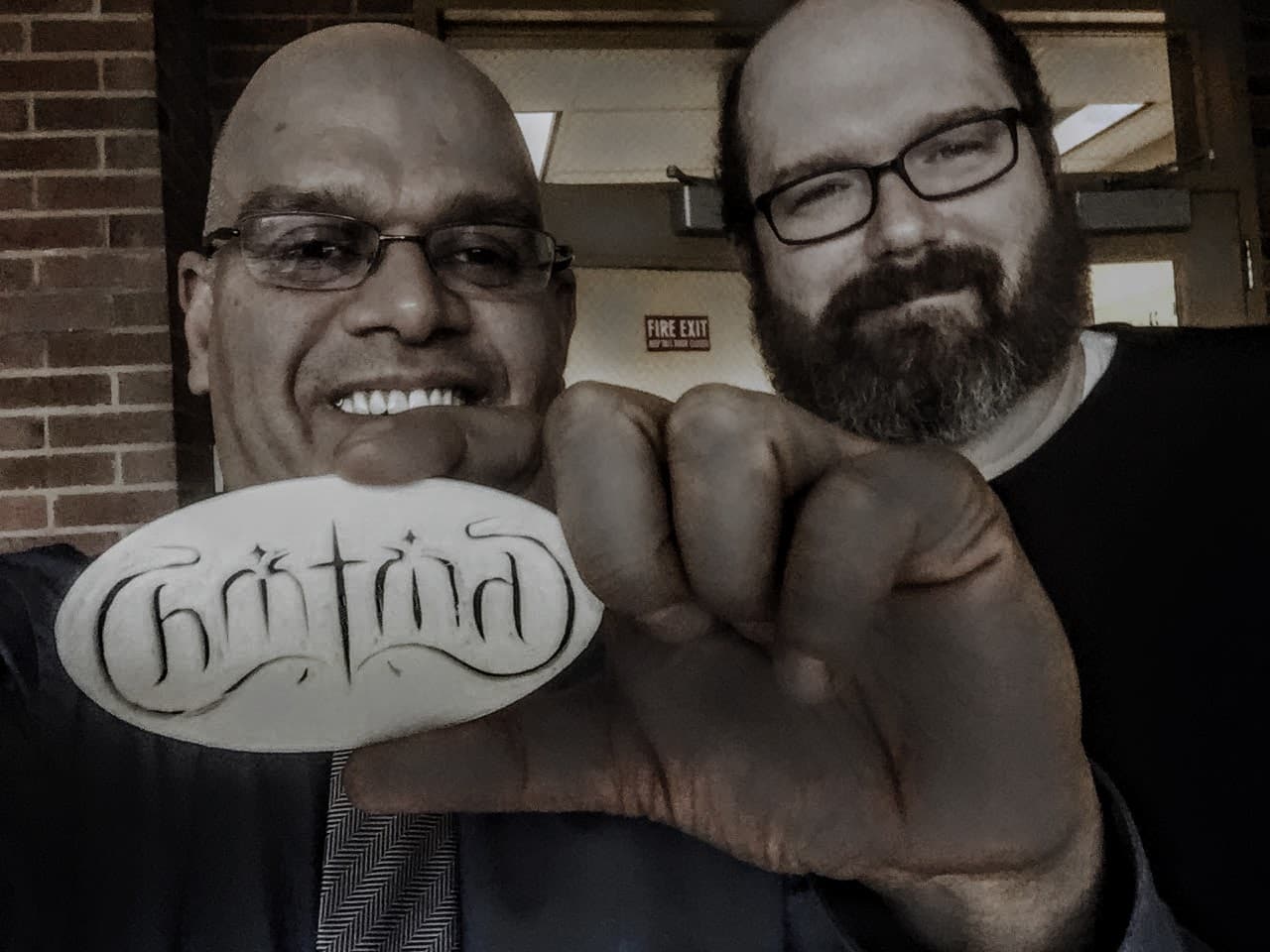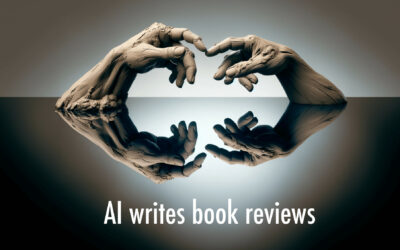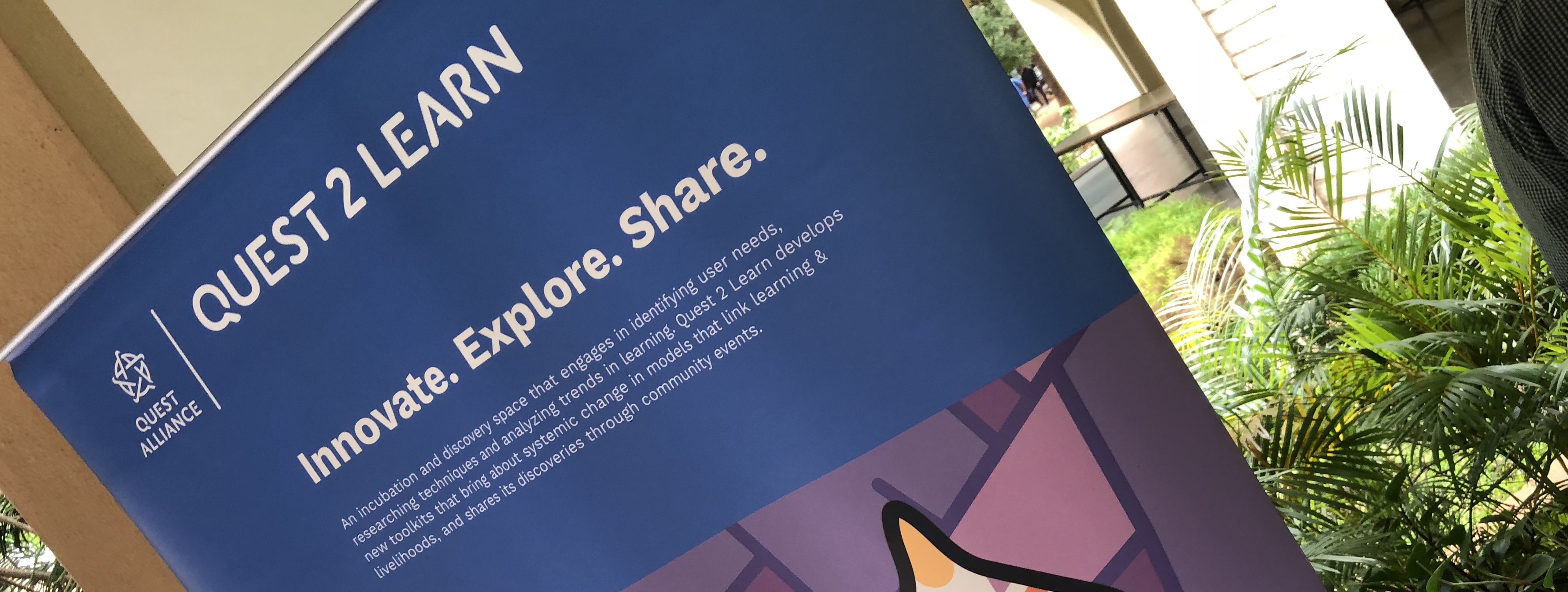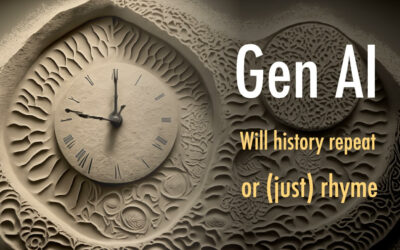Being alive costs taxpayers trillions of dollars a year
First time research reveals staggering annual taxpayer cost for being alive
East Lansing, MI, April 15: In first-ever research, a new report quantifies a minimum 3 trillion annual taxpayer cost from citizens being alive. It identifies national, state and local costs which account for more than $10 trillion in the last decade. This landmark scholarly study, entitled “The Taxpayer Costs of Being Alive: First-Ever Estimates for the Nation and All 50 States,” was released on April 15th at the kitchen of one of the scholars.
“This study documents for the first time, that just being alive–besides being bad for global warming–are also costing taxpayers a ton of money,” said Dr. I. Kant, president of the Institute for zero government. “Even a small improvement in the reducing the number of living would result in enormous savings to taxpayers,” he continued.
“These costs are due to increased taxpayer expenditures for the military, health care, education, … um, pretty much everything we do,” said principal investigator Xi Wont, Ph.D., economics professor at Staid Midwestern University (SMU). “Prior research shows that low populations have smaller costs overall than larger populations.”
“This report now provides the basis for a national consensus that living is maybe the biggest contributor to costs in today’s world. This makes reducing the numbers living a legitimate policy concern,” said I Kant. “The report’s numbers represent an extremely cautious estimate, a lower-bound figure, and have been vetted by a group of distinguished scholars and economists.”
“These numbers represent real people and real suffering,” said Brandy Hiccups, president of Wee The Living. “Both economic and human costs make being alive a legitimate public concern. Historically, Americans have resisted the impulse to surrender to negative and hurtful trends. We fight problems like racism, poverty and domestic violence because we understand that the stakes are high. And while we’ll never eliminate the living entirely, we can certainly be doing more to help people who want to opt out succeed.”
I wrote this story after reading a recent report that stated that “Marriage breakdown costs taxpayers at least $112 Billion a year.” Actually “wrote” is too strong a word for what I did, which is essentially take the above report and re-edit it to meet my satirical goals. Don’t get me wrong, I am all for the institution of marriage but goofy studies such as this one do little to convince me. Merely tacking numbers on to a social phenomena do not make it “real.” There are costs to everything – and just because something has a cost attached to it does not mean we need to choose to do something different. There are many reasons to support marriage but I am not sure silly studies such as this one prove anything.





0 Comments